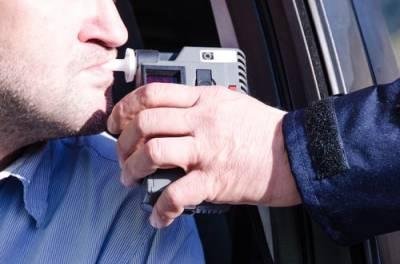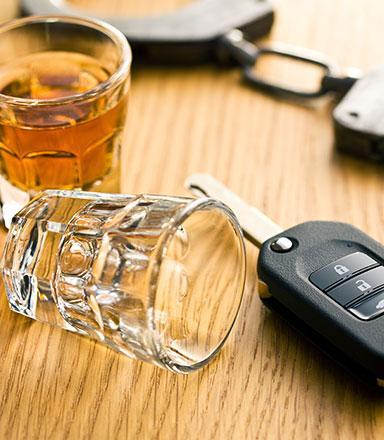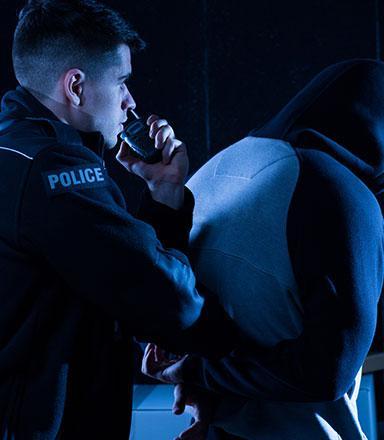How Are Field Sobriety Tests Administered in a DUI Traffic Stop?
 Being pulled over by a police officer can be a stressful and intimidating experience, especially if the officer may have reason to believe that a person was driving while under the influence of alcohol or drugs. An officer will look at a number of factors when determining whether a person may be intoxicated, and in some cases, a driver may be asked to take field sobriety tests. These tests involve multiple physical or verbal activities that allow an officer to gauge a person’s level of intoxication, and the results of these tests may provide probable cause to make an arrest. Drivers can be sure they are addressing these situations properly by understanding the types of tests they may be asked to perform and how these tests may indicate intoxication.
Being pulled over by a police officer can be a stressful and intimidating experience, especially if the officer may have reason to believe that a person was driving while under the influence of alcohol or drugs. An officer will look at a number of factors when determining whether a person may be intoxicated, and in some cases, a driver may be asked to take field sobriety tests. These tests involve multiple physical or verbal activities that allow an officer to gauge a person’s level of intoxication, and the results of these tests may provide probable cause to make an arrest. Drivers can be sure they are addressing these situations properly by understanding the types of tests they may be asked to perform and how these tests may indicate intoxication.
Standardized Field Sobriety Tests
People may be familiar with tests that may be used by a police officer to determine whether a driver is intoxicated, if only because they have seen them performed on TV shows. Some of these depictions may involve a person being asked to recite the alphabet backwards or touch their fingertips to their nose. However, there are only three Standardized Field Sobriety Tests (SFSTs) that are approved by the National Highway Traffic Safety Administration (NHTSA):
-
Walk and turn - In this test, an officer will ask a person to stand with the heel of their right foot touching the toe of their left foot. They will then be asked to take nine heel-to-toe steps in a straight line with their arms at their sides, turn around, and take nine steps to return to their original position. If a person loses their balance, steps off the line, stops walking to steady themselves, raises their arms to maintain balance, does not turn correctly, or otherwise fails to follow the officer’s instructions, this may be seen as an indication that they are intoxicated.
-
One-leg stand - An officer may ask a person to stand still and lift one foot about six inches off the ground. They will be required to maintain this position with their arms at their sides while counting out loud for 30 seconds. If a person sways from side to side, raises their arms or hops to maintain balance, or puts their foot down, the officer may determine that they are intoxicated.
-
Horizontal gaze nystagmus - A person may be asked to stare straight ahead while keeping their head still and track an object such as a pen with their eyes. The officer will move the object horizontally across the person’s entire field of vision and watch the movements of the person’s eyes. If the person’s eyes jerk or bounce rather than following the object smoothly, this may be an indication of intoxication.
Contact Our Fairfield County DUI Defense Lawyer
While the failure of one or more field sobriety tests may give an officer probable cause to perform an arrest, this does not necessarily mean that a person was too intoxicated to drive. There may be a variety of other reasons for the failure of tests, such as health issues or conditions on the road where the tests were performed. At The Law Offices of Daniel P. Weiner, we help our clients understand the best ways to defend against DUI charges, including determining whether field sobriety tests can be challenged. To set up a free consultation and get legal help with your case, contact our Stamford DUI defense attorney at 203-348-5846.
Sources:
https://www.cga.ct.gov/2000/rpt/2000-R-0873.htm
https://www.nhtsa.gov/dwi-detection-and-standardized-field-sobriety-test-sfst-resources
https://www.verywellmind.com/field-sobriety-test-67159







